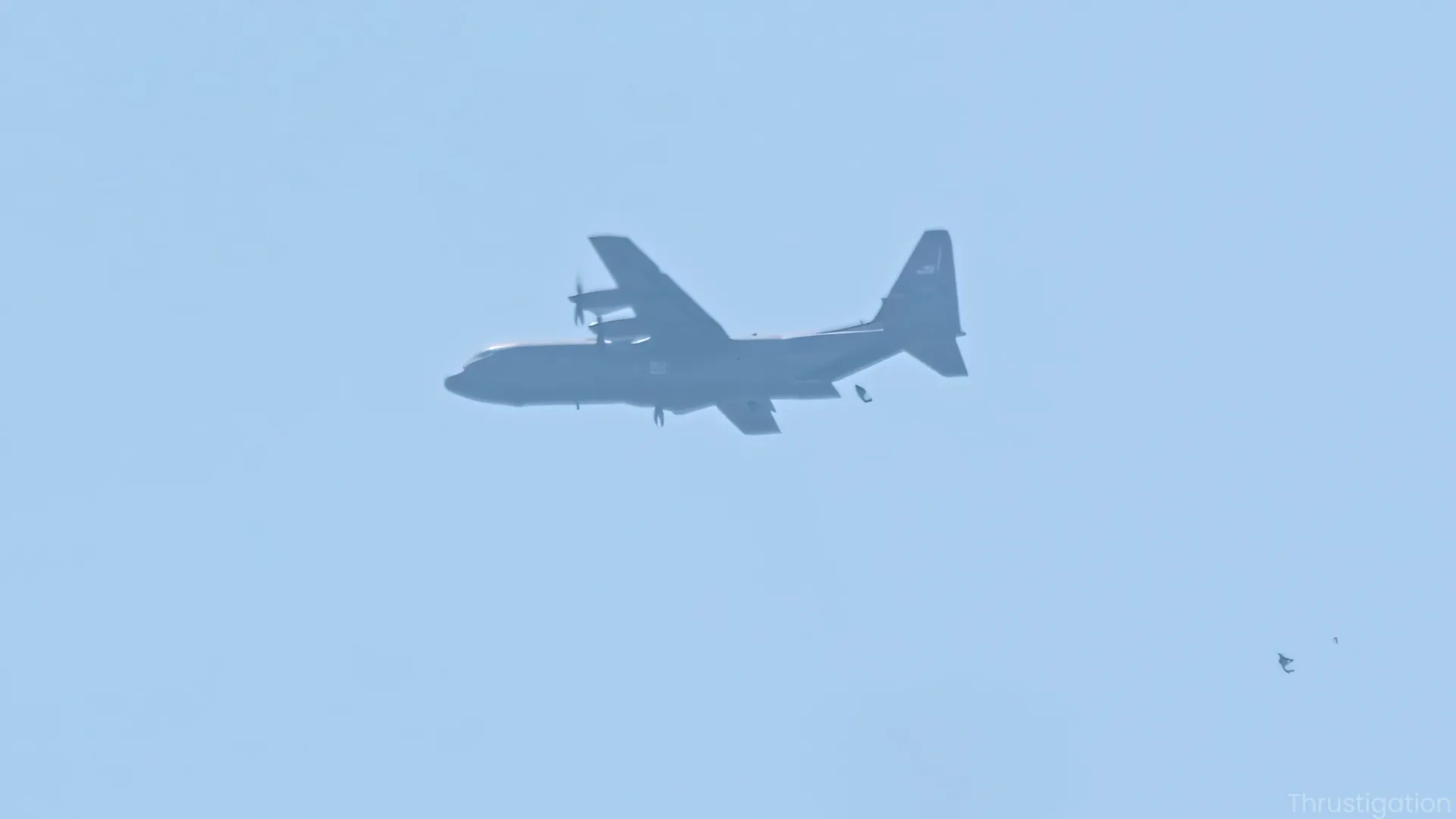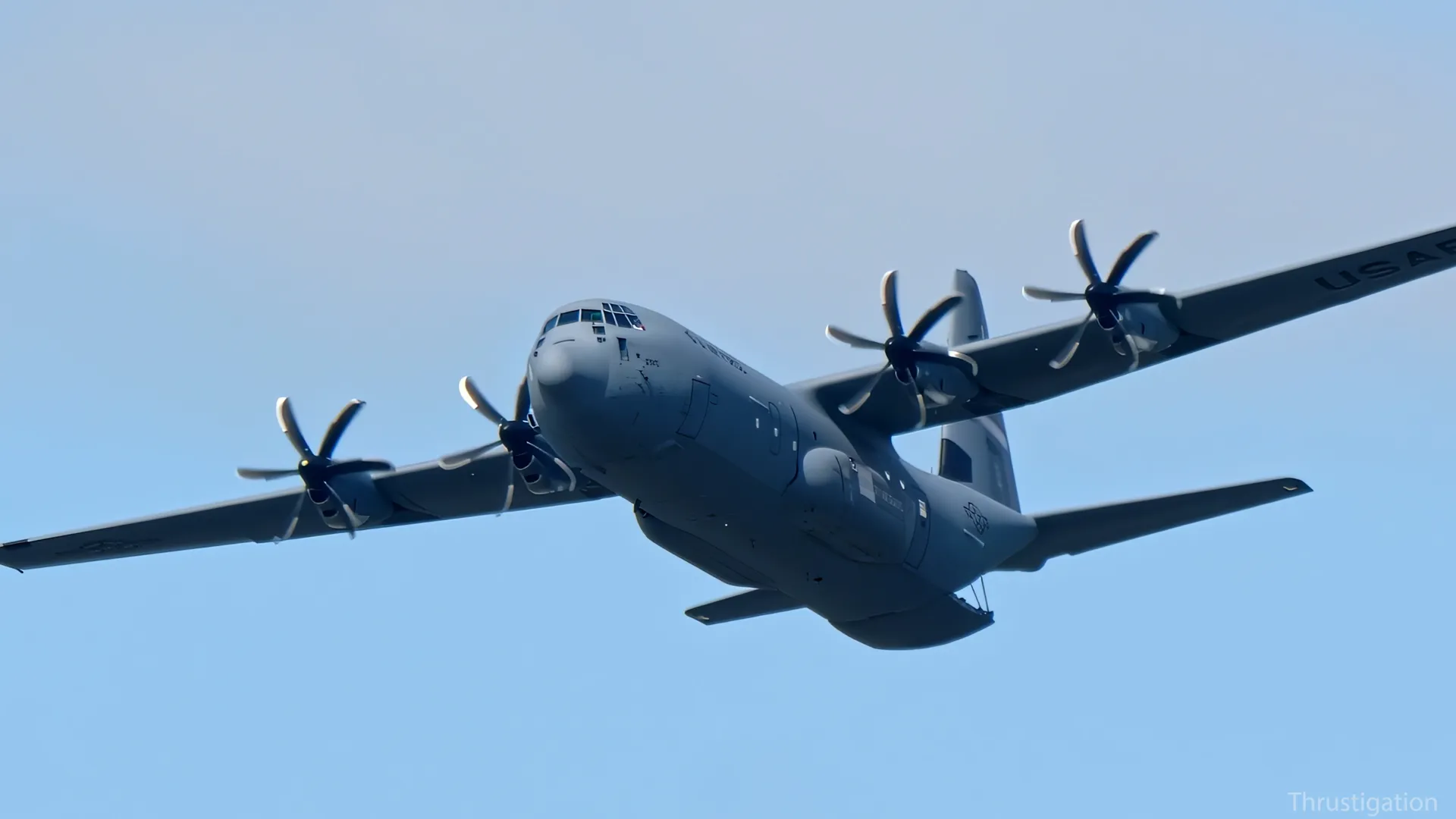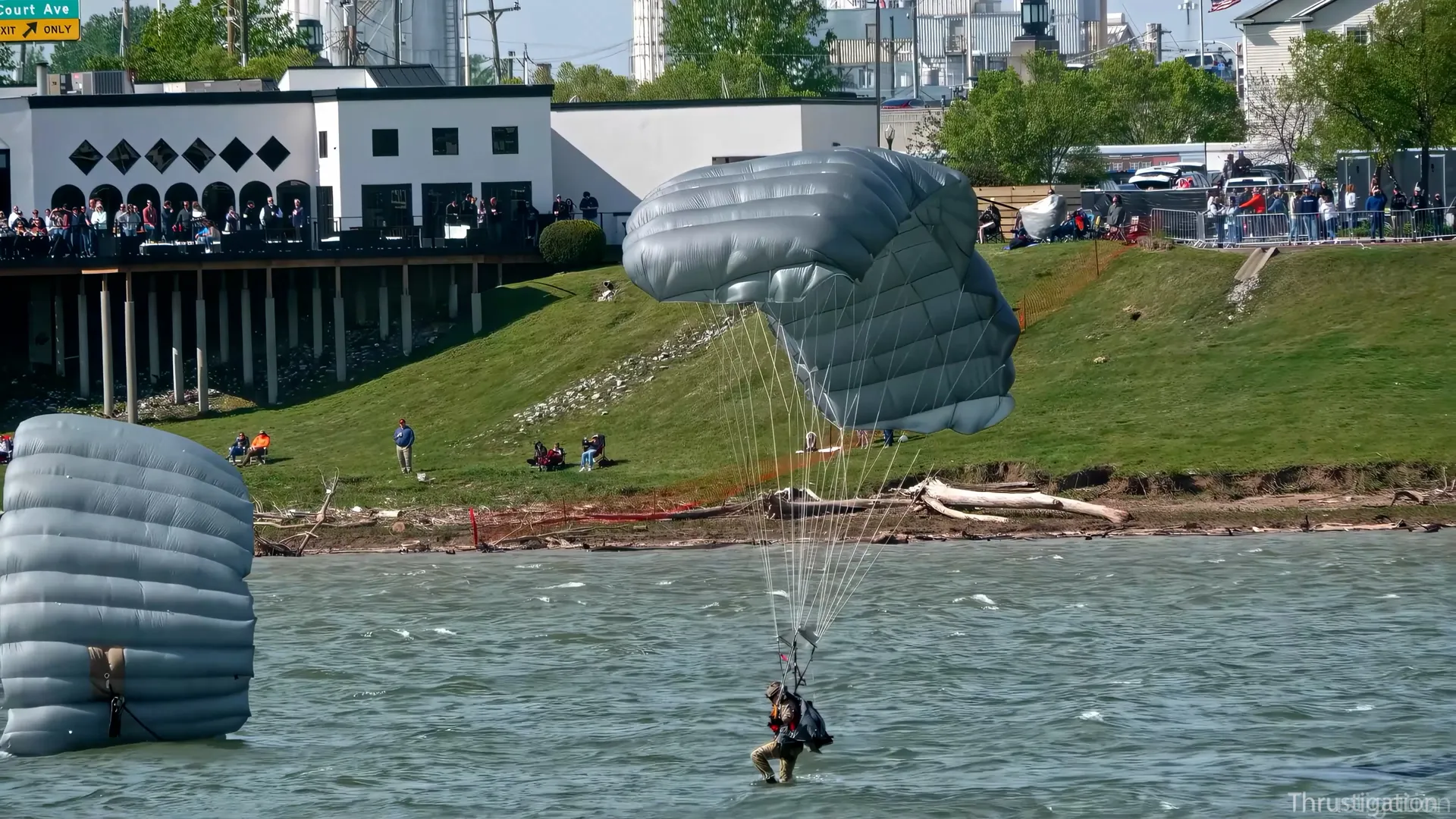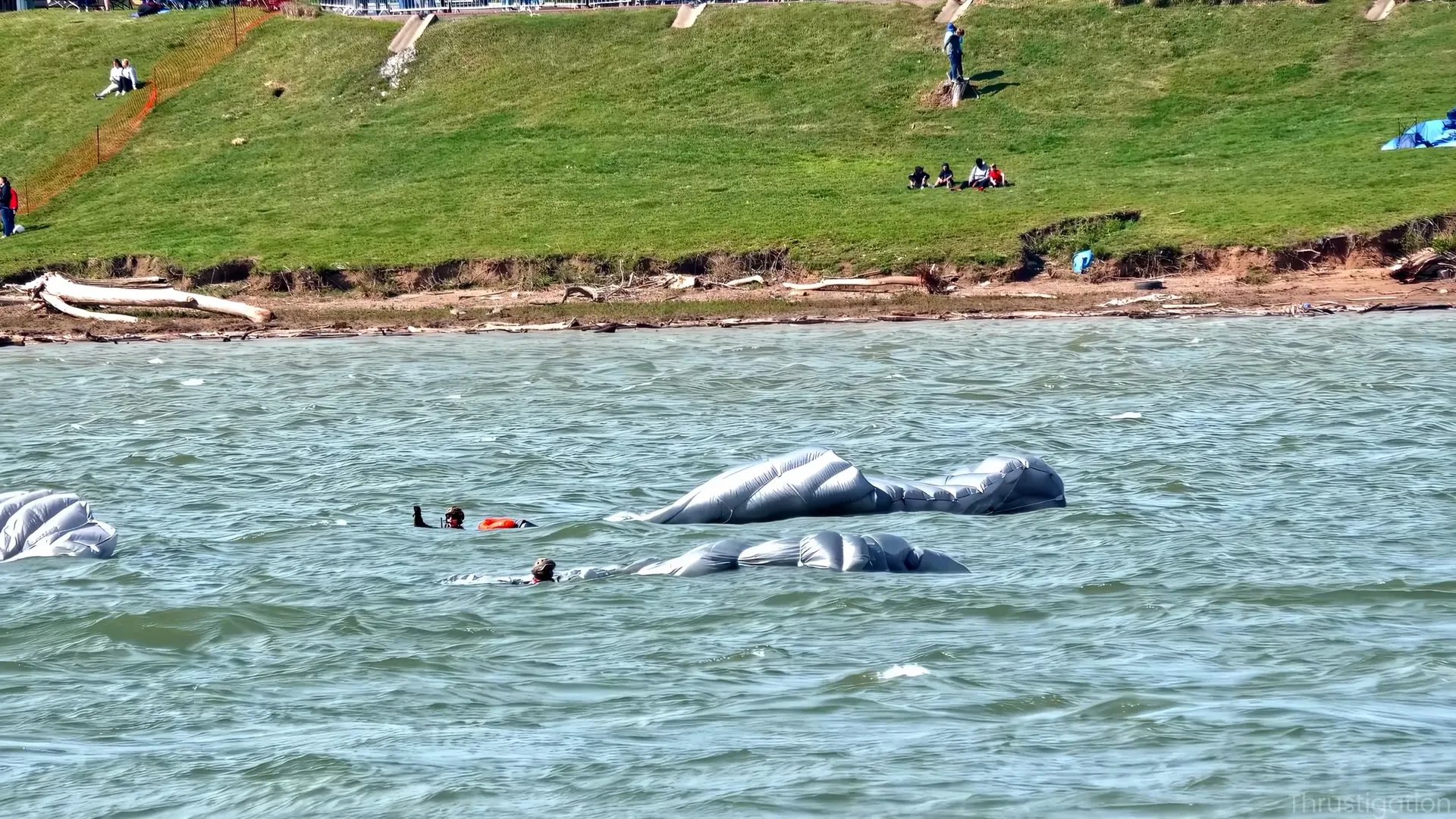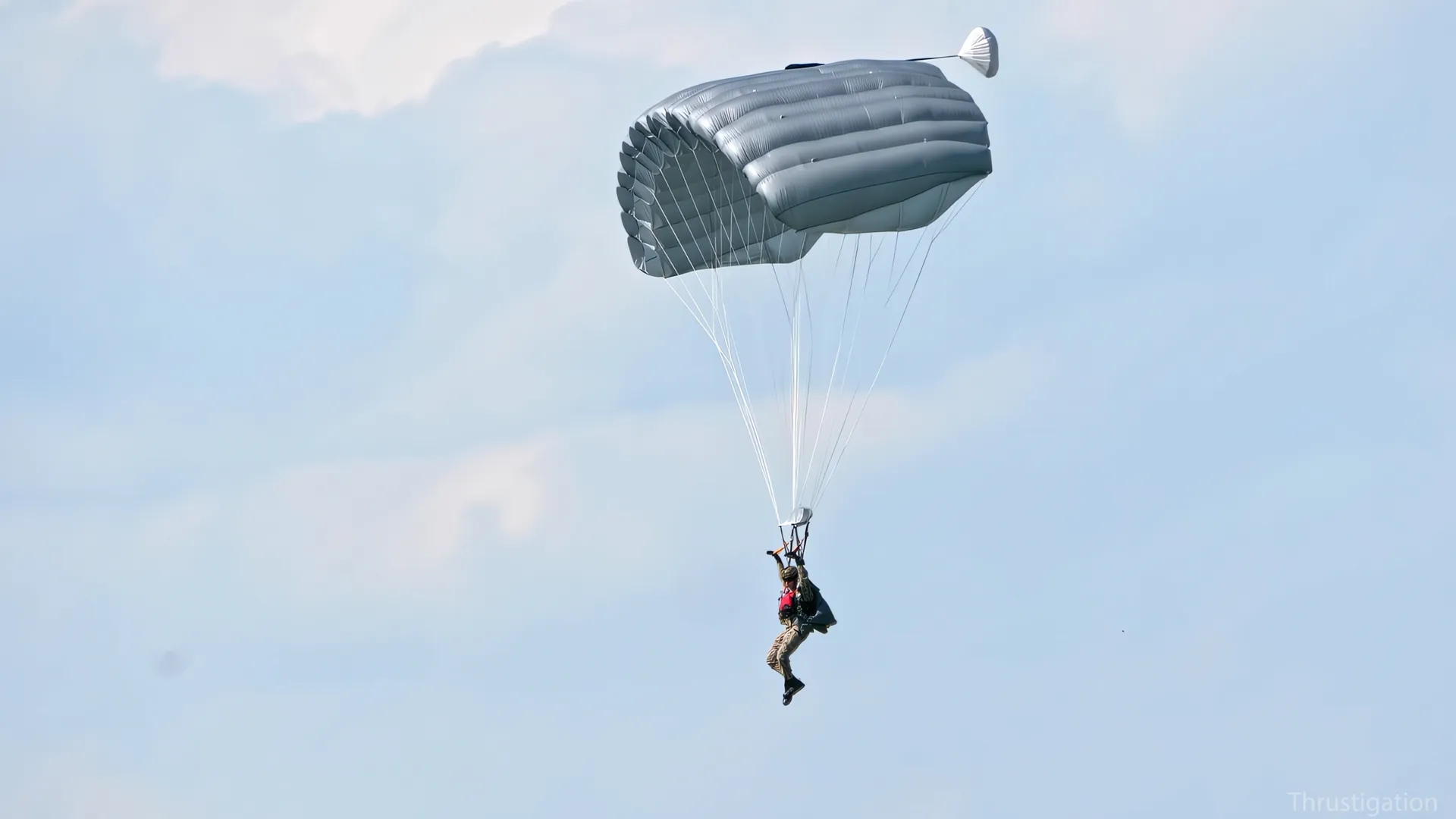Unique Capabilities and Mission Scope
The distinctiveness of the 123rd Special Tactics Squadron lies not only in its composition but also in its broad-ranging capabilities. One of the squadron’s highlighted proficiencies is the execution of High Altitude, Low Opening (HALO) jumps. This specialized maneuver involves parachuting from altitudes exceeding 15,000 feet.
The HALO jump begins with a sudden exit from a C-130 Hercules aircraft, a renowned military transport plane. Soldiers conducting HALO jumps face a prolonged free-fall phase, minimizing their visibility to enemy forces until parachutes deploy below 2,000 feet, facilitating a stealthy landing. This advanced technique ensures operational surprise and safety.
Additionally, the squadron’s personnel are extensively trained to use supplemental oxygen and wear specialized gear to combat the inclement conditions associated with high-altitude jumps. Night vision goggles and altimeters are standard equipment, underscoring the rigorous training and technical expertise required to undertake such operations effectively.

